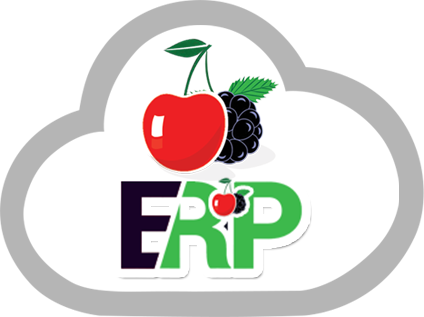
How ERP Accounting Software Streamline Financial Management Processes
Enterprise resource planning (ERP) software has become invaluable for streamlining complex financial accounting and management functions within large organizations. By integrating business processes across departments and automating cumbersome workflows, ERP accounting software promises significant efficiencies and insights for finance teams.
Replacing Legacy Ledger Systems:
ERP accounting software has specialized core financial modules that replace aging accounting systems. These encompass general ledgers, cash management, asset tracking, fund flow statements, compliance reporting, and external publishing modules in one unified interface. Complex multi-step workflows between treasury, credit control, planning, procurement, and sales teams get compressed into automated workflows with seamless access to underlying transactional data.
Auditability with Transaction Drill Downs:
Transaction processing is fully transparent with extensive audit trails – the systems log authorizations, revisions, and comments supporting each accounting entry or journal adjustment. Automated controls flag discrepancies or changes to past records. Dashboards present quick overviews of book closures, periodic financial statement publishing statuses and exception alerts needing resolution. Users can drill down to voucher and tender level granularity for any account balance. Such transparency assists internal governance and external audits. No doubt, ERP accounting software has become the need of every modern organization.
Real-time Reporting and Analytics:
ERP systems eliminate frequent ledger roll-ups, consolidations, and closures once necessitated by legacy platforms. Real-time reporting reflects financial positions at all times via automated integration with banking, taxation, credit control, disbursement, and billing systems. Previously tedious and error-prone financial statements get generated at the click of a button without reliance on spreadsheets.
Embedded analytics provides historical trend analysis, profitability drivers (by product lines, market segments, or geographies) and forecasting models using current ledger data. Teams access such business intelligence directly without intermediate IT support. Quality of financial insights reaches new levels compared to earlier.
Compliance Assurance:
Tax regimes vary across states and countries, necessitating localized compliance proficiencies. ERP systems contain standard regulatory packages covering various direct/indirect tax calculations, currency conversions, intercompany transfers, and fund repatriation across international locations. Country templates ensure locale-specific formats and disclosures for publishing financial statements.
Adherence to regulations like IFRS, GAAP, SOX, and GST is assured out-of-the-box, minimizing compliance risks. Dashboards notify when periodic returns, tax estimations, or other filings are due to avoid penalties for lapses.
Enhanced Decision Making:
By transforming the availability, consistency, and accuracy of financial data alongside reporting and analytic proficiencies, ERP empowers management decision-making across strategic, tactical, and operational levels. Strategic modeling and forecasting utilize trend data and statistical models to assess expansion opportunities, mergers, or new product launches. Tactical insights into customer profit
Tactical insights into customer profitability, market movements, and competitive behavior aid pricing, risk management, and capacity allocation decisions. Transactions are optimized and operational costs are controlled by leveraging granular analytics from ERP records. Transactions are fully auditable with drill-down capabilities to voucher-level details. Real-time reporting eliminates frequent consolidations and closures earlier needed. Dashboards and alerts enhance governance.
Conclusion:
In summary, next-generation ERP platforms vastly elevate financial controllership abilities for governance, risk management, and business growth support. Automating workflows while providing real-time data access enables finance teams to drive far more impactful decisions across organizations.
Embedded analytics leverages integrated data for advanced forecasting, profitability driver assessments, trend analysis, and other financial insights powered by BI tools. Taxation, compliance, and regulatory packagers ensure standards adherence. By enhancing data accuracy, timeliness and analytics, ERP accounting software empowers strategic decisions around mergers, expansions, and new product launches as well as tactical moves related to pricing, capacity planning, and risk management. Operational costs are also reduced through granular visibility.
